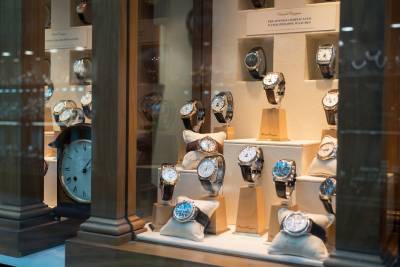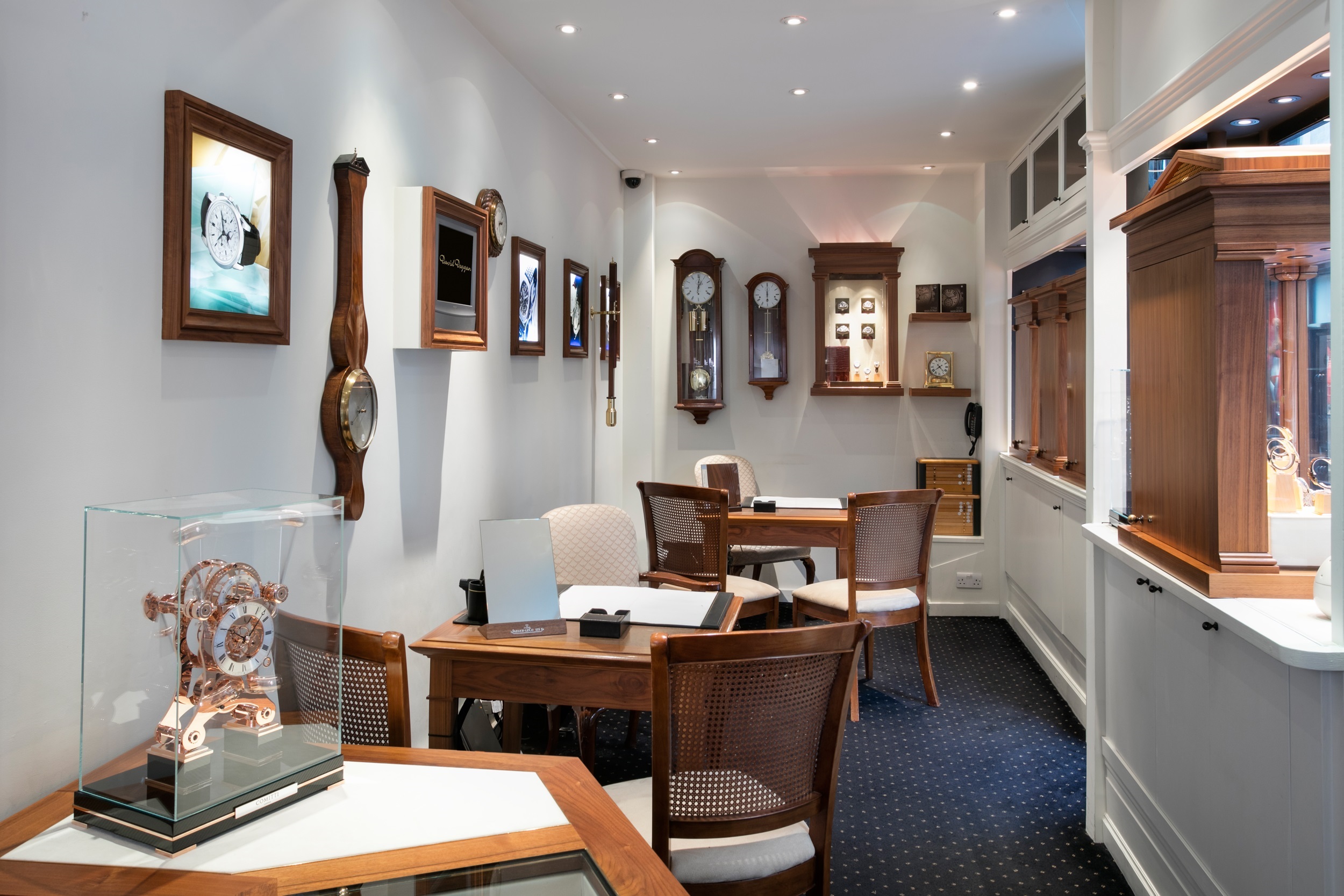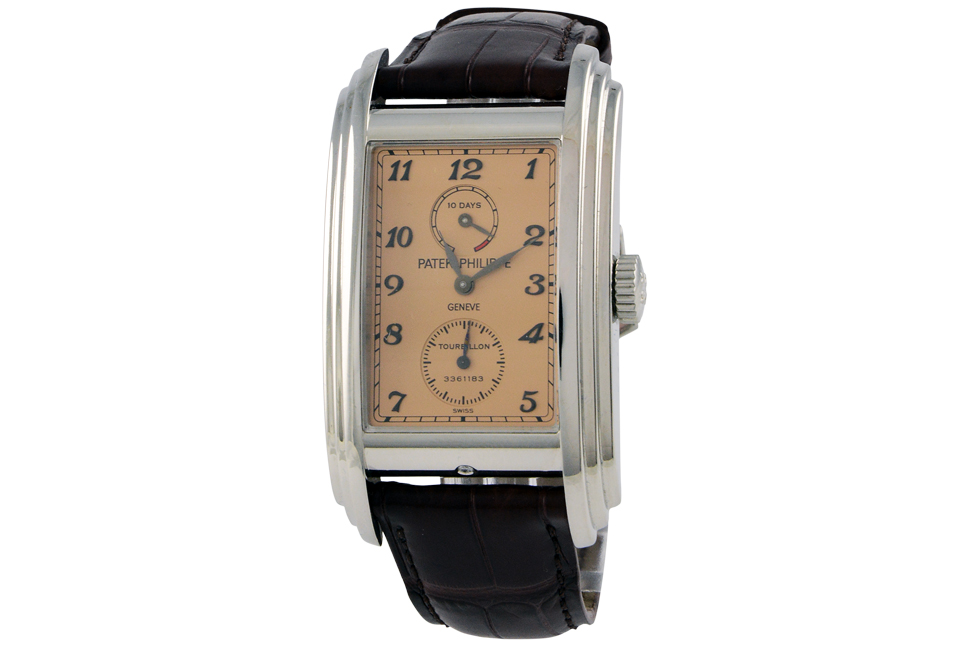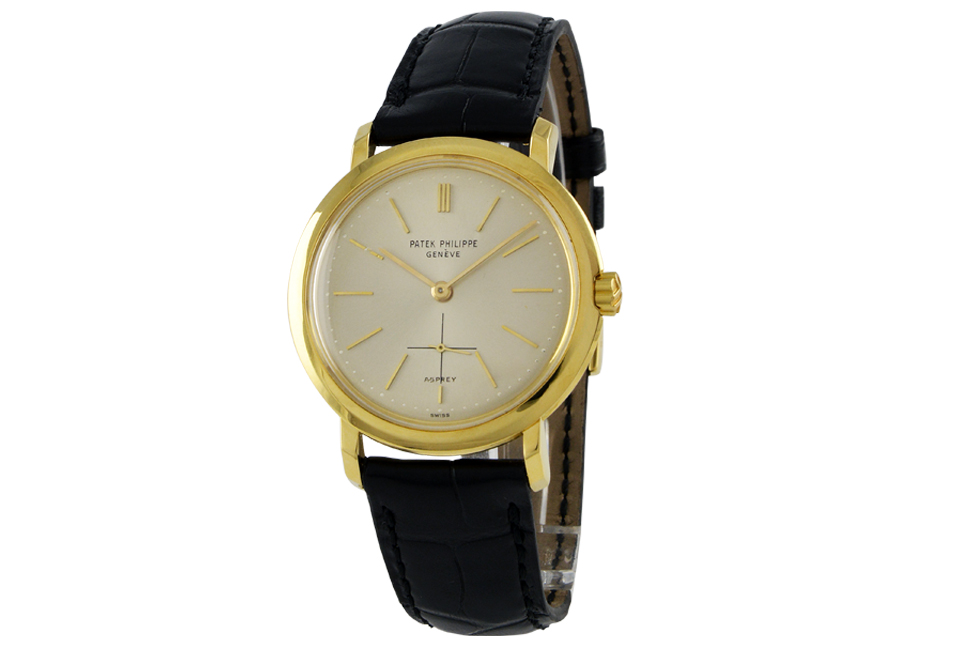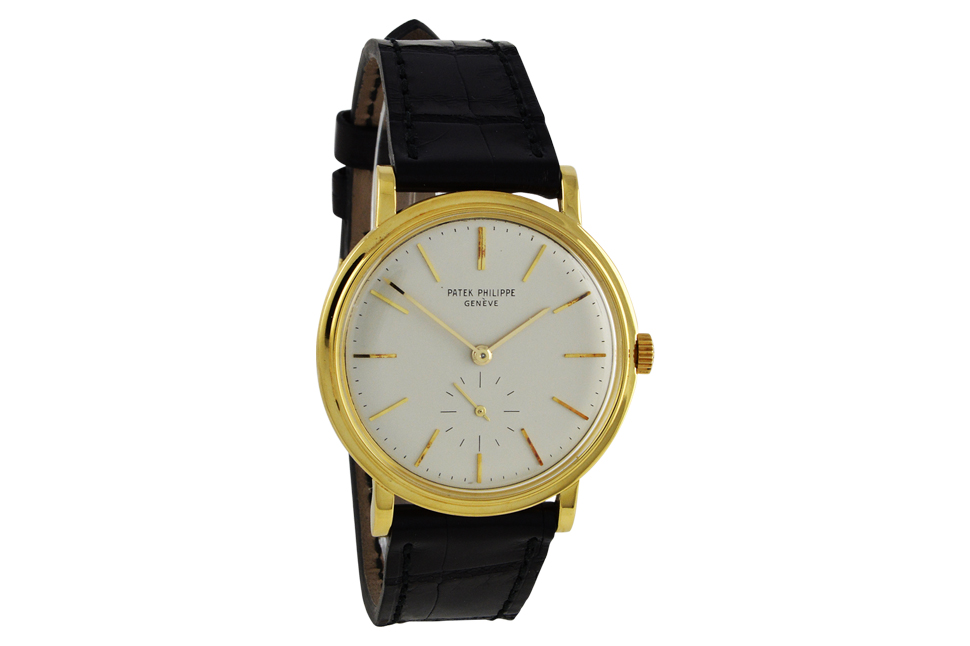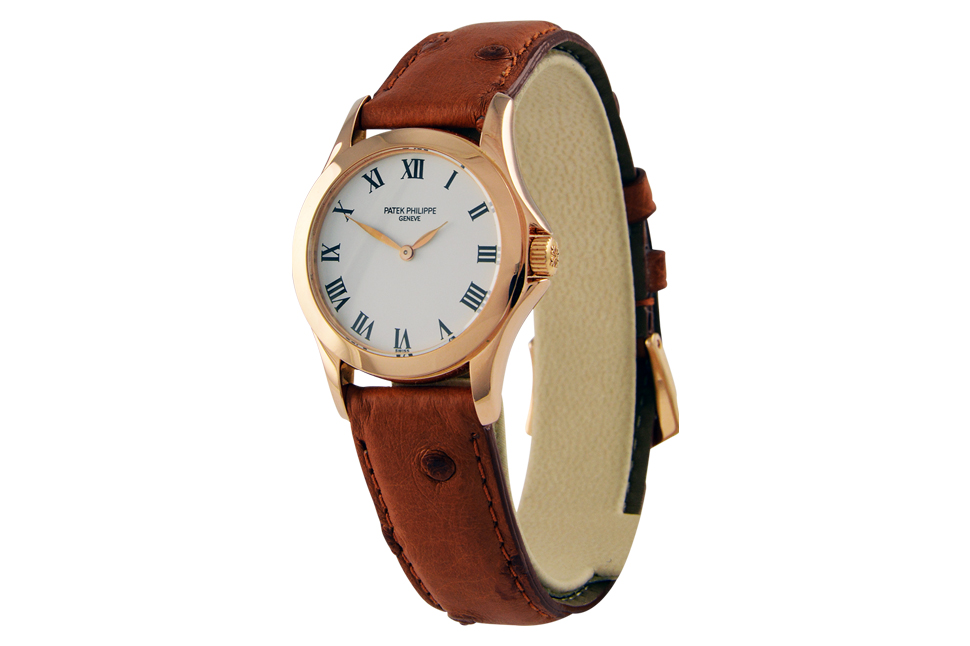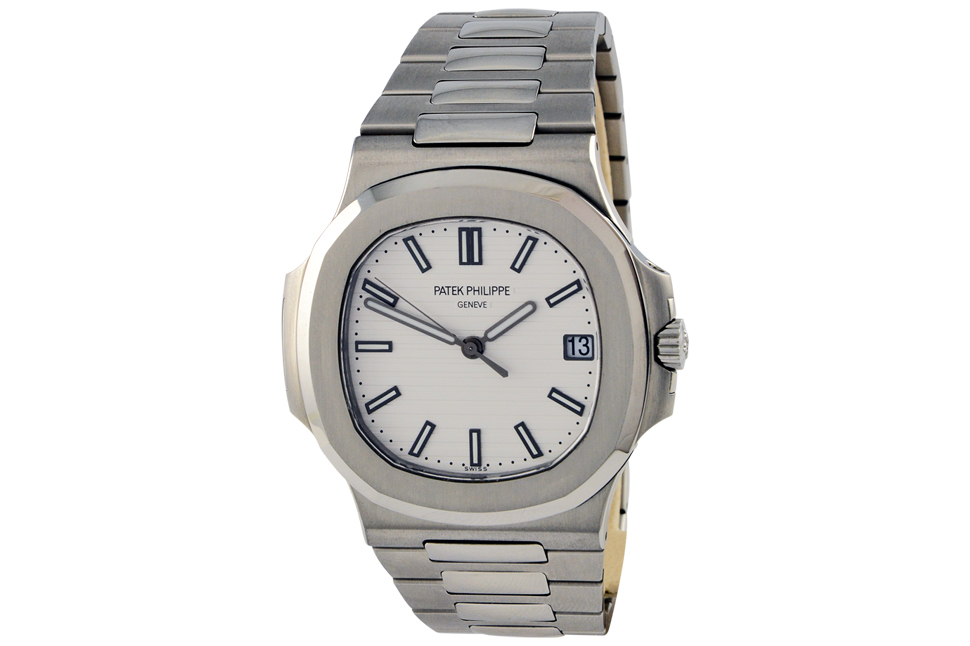With an envied reputation as Patek Philippe’s most complicated watch, the Caliber 89 is so iconic that even its failure to sell for a second time at Sotheby's this month was, in itself, headline-making. Yet it’s precisely this kind of rare and sought after model that confirms Patek Philippe as one of the world’s most aspirational luxury watch makers.
Your First Patek Philippe: Insider Tips for Investing
26th May 2017
Arm yourself with the right knowledge and your first Patek Philippe can be the start of a lifelong passion with valuable returns.
To own a Patek Philippe is a precious experience indeed, but deciding on your first purchase in this highly specialist market can be daunting. So, Sphere asked luxury watch expert David Duggan to share his experience on what to consider when you're venturing into the world of this horological master.
Where is the best place to start when buying a Patek Philippe?
It’s important to familiarise yourself with the market and learn about different models and key Patek Philippe features. There’s a mass of information out there - and getting to grips with it all can be intimidating. But equipping yourself with a general understanding will reap dividends in a market that’s awash with fakes.
Forging a relationship with your watch dealer is always a good idea. When you find a reputable dealer, who understands what you’re looking to achieve with your investment, their expertise will be invaluable in helping you to avoid purchasing pitfalls, plus they can keep their ear to the ground to source a model that really works for you.
The model you choose will directly affect your timepiece’s longevity in the investment market – but it’s important to remember that a luxury watch is as much a lifestyle choice as an investment. Is this a watch you’ll want to wear every day? What is a realistic price range? Is your purchase solely for investment, or is personal taste a consideration? These decisions will all affect your final choice.
If you want to wear the watch daily, then for practical reasons vintage might not be the right option for you. If investment is your primary motivation, then anything with a moonphase or minute repeater complication will continue to not only hold its value but appreciate. For a first purchase I would suggest choosing something simple and classic like a Calatrava. You can enjoy a beautiful timepiece and allow its value to appreciate, whilst building your knowledge. As your knowledge and confidence grows, you then have a model that you can either trade in for something more ambitious – or that can form the base of an expanding collection as you become more adventurous.
New or vintage: what’s the best investment bet?
What’s great about Patek Philippe is the history and provenance that comes with the brand. Queen Victoria famously purchased an exquisite blue enamel pocket watch from the 1851 Great Exhibition. Pablo Picasso was a fan of the moonphase, and Paul McCartney and Ringo Starr both wear Aquanauts. Even the Dalai Lama has a Patek Philippe ref 658 pocket watch, gifted to him by President Roosevelt in 1943.
Classic, vintage Patek Philippes (usually considered to be anything pre-1960s) are certainly rare and highly collectable, often commanding a higher price tag. But, when buying vintage, there are additional considerations beyond the initial purchase. Most early watches are unlikely to be waterproofed, for example. They will typically be more fragile, restricting your ability to use them as a practical timepiece. And they will undoubtedly require regular servicing and possibly repairs – all of which will add to your ongoing financial commitment.
New Patek Philippe models range in value from between £20,000 to more like £65,000 for the latest 5320G Perpetual Calendar, released this year at Baselworld. Even a modern model still boasts Patek Philippe’s enduring style, so be assured that a new watch is just as likely to do well if you decide to sell it in the future. In fact, Patek Philippe’s resale value consistently outdoes that of all other watch houses, so whether you decide on vintage or new this remains a very stable asset to invest in.
Which are the best models to go for?
Investment-wise, perpetual calendars are – unsurprisingly - perpetually profitable. Quirkier models have a less predictable appreciation, but that’s not to say they can’t also command very high yields when resold.
Models like the Nautilus 5712, originally introduced in 1976, have always sustained their value - the original reference is nowadays amongst the most sought-after timepieces at auction. Though the aforementioned Calatrava, the maker’s original dress watch originating in 1932, is probably as classic as one can get. It’s quintessentially simple, with its clean and uncluttered dial and understated elegance. And in my experience, simple designs hold their value most predictably in the pre-owned luxury watch market, because the more embellishments a watch has, the more likely they are to go in and out of fashion.
Are there any other factors to consider when starting out with Patek Philippe?
Ask lots of questions. A credible dealer will not shy away from answering them! Good starting points include: Does it come with its original box and papers? Has it been serviced? What guarantees does the watch come with? What ongoing maintenance costs should I anticipate?
Work with your dealer to explore and understand the different models so that you’re making an informed choice. And use your heart as well as your head – ultimately, a luxury timepiece is to be loved and enjoyed.
So, why do you think the Caliber 89 has failed to sell at auction, not once but twice in the past two years?
I couldn’t say for sure, but my first thought would be that it’s a question of portability. For the last 35 years, the pocket watch industry has been trailing behind the wristwatch industry in general. Pocket watches are magnificent examples of horology, but these days they are largely impractical.
With 33 complications, this may be Patek Philippe’s most complicated watch, but it’s also a sizeable object at 88.2mm diameter and 41.07mm thick. And because it’s made from yellow gold it’s hefty; it would wear a rather sizeable hole in your trouser pocket if you were to carry it all the time!
In fact, this is the perfect illustration of why, when you’re investing in any vintage watch, it’s always vital to weigh up the investment value against the practicalities of everyday ownership and use. Perhaps, on the day, bidders just weren’t quite able to marry the two when it came to this particular Patek Philippe icon.
